The teaching model and its three core concepts
The three core concepts of the Y+S teaching model can be illustrated in a single diagram. All important phases of knowledge transfer are depicted: The dialogue, which sums up the implementation of the three concepts, the constant and reciprocal engagement between learners and teachers and, finally, the networked effect of the three core concepts. The two figure-eight loops show the networked dialogue between learners and teachers in their smoothly merging curves. The blue loop (the pedagogical concept) symbolises the cooperation between the learning and teaching partners. The yellow part (the sports motor concept) represents the cross-sport structure of the performance components, while the orange part (the methodological concept) aims to optimise their methodological development.

The pedagogical concept
The exchange of information and experiences between learners and teachers takes place as a dialogue. This constant interaction is the prerequisite for successful teaching and successful implementation of the information exchanged. The aim of dialogue is to achieve optimum communication in a climate that promotes learning. A distinction is made between the learning process and the teaching process.
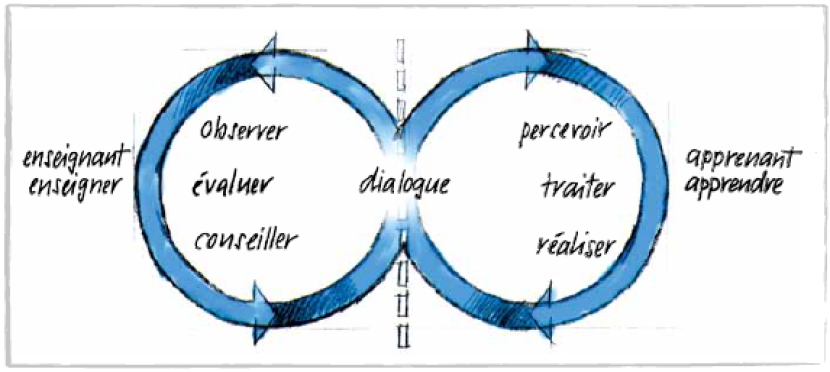
The learning process describes the handling of information from the learner's perspective:
Acquisition: Aimed at the most active possible perception (visual, acoustic, tactile, kinaesthetic or vestibular) of information relevant to learning.
Processing: Consists of assigning and linking current information with previously stored experiences in a way that is as effective as possible for learning (developing movement concepts).
Implementation: Means the situation-adapted execution of a sequence derived from the movement concept that was previously developed through processing (trying, executing, frequent and varied repetition).
The teaching process describes the handling of information from the teacher's perspective:
Observation: Teachers repeatedly focus on the nodal points of a movement sequence and thus also train their observation skills (seeing, listening, asking questions, recognising mistakes). The learners' perceptive skills must be specifically encouraged.
Assessment: Teachers assess what is relevant in connection with the set goal (interpret, weight, evaluate, compare, determine causes - requires clear assessment criteria). Learners must be given sufficient time to process this.
Counselling: In order to be able to provide appropriate individual counselling (conveying practical information, informing, correcting, reinforcing, encouraging, giving advice), teachers acquire various "counselling languages" (verbal, acoustic, visual and tactile forms of feedback). Learners should be given plenty of time to put this into practice.
The sports motor concept
The sport motor concept is intended to show how movements and performance are achieved in sport. The various performance components are closely interrelated. The quality of the movement performed is an expression of this interplay.
The performance model illustrates the four components of athletic performance. Sportspeople can actively improve these through training. It is the task of the various sports to prioritise the performance components according to their requirements profile. The sport-specific challenges for progress in training and success in competition are derived from this and the training content, resources and methods for efficient development of athletic performance in the sport are defined.

Performance thanks to physical and mental strength
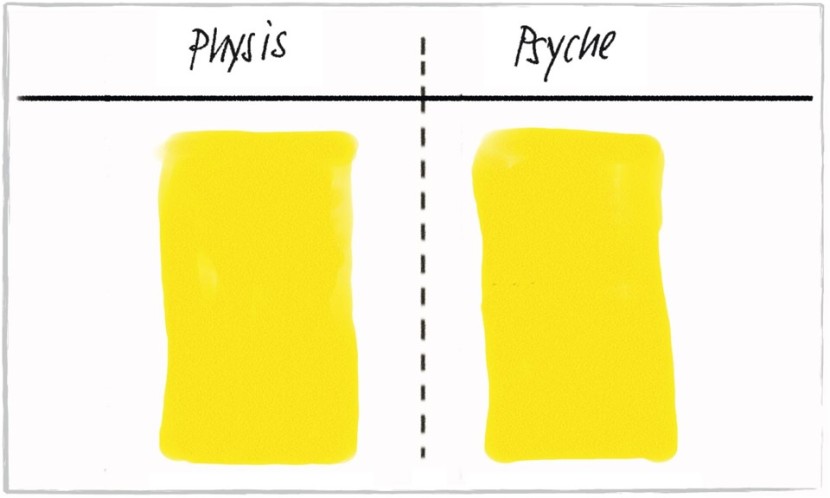
In all sports, athletic performance is made up of physical and mental characteristics, abilities and skills. Physique is primarily understood to mean the physical or body-related aspects, while psyche summarises everything that colloquially relates to the emotional and mental aspects.
Power thanks to energy and control
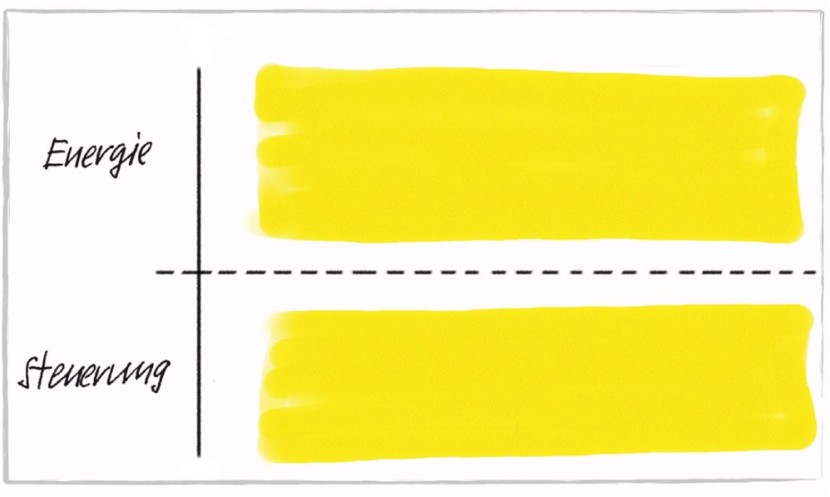
The performance component of a sport can be divided into two categories. In both the physical and mental areas, there are energy accents (conditional and emotional substance) and control accents (coordinative and mental-tactical skills).
Perfect Timing
In combination with other influencing factors, the performance components help to ensure that sporting performance can be delivered at the right time, in the right place and with the optimum amount of energy.
Physical energy: The conditional substance encompasses all energy-providing physical aspects of athletic performance: strength, endurance, speed and agility.
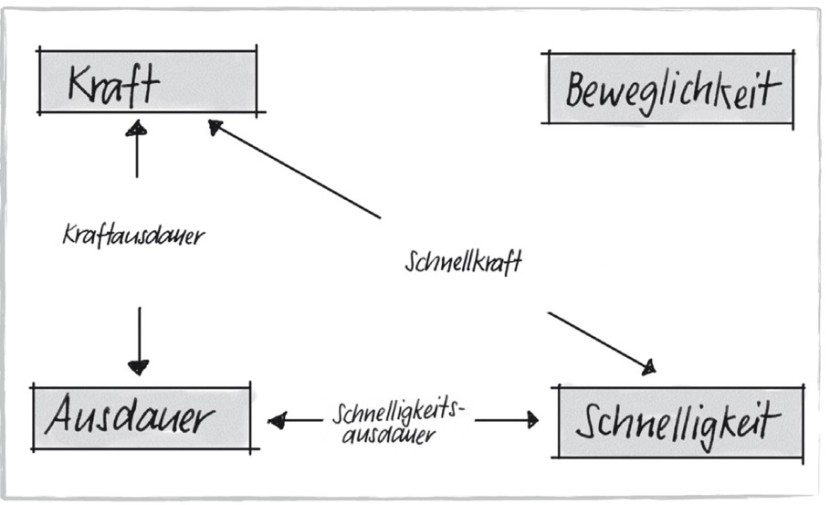
Physical control: Coordinative competence enables sport-specific movements to be precisely controlled, subtly dosed and increasingly successful. In combination with the conditional substance and the mental area, it leads to a wide variety of movement techniques in sports. We differentiate between: orientation, differentiation, balance, rhythmisation and reaction skills.
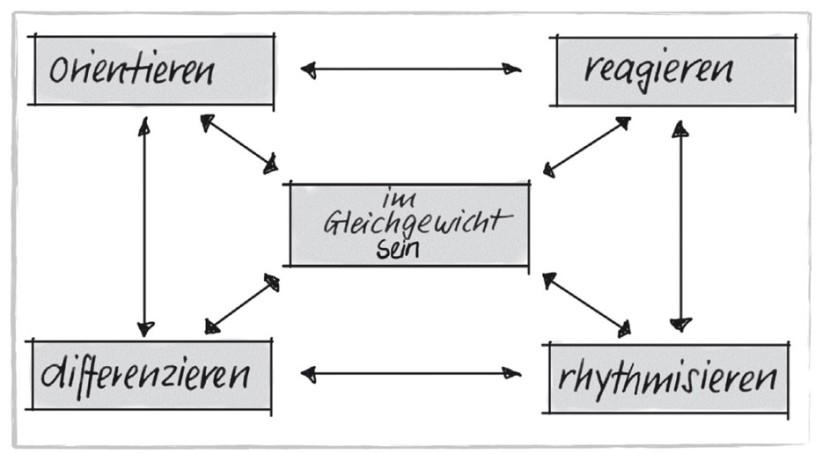
Psychological energy: The emotional substance comprises the energy-supplying psychological aspects of sporting performance: motivation, self-confidence and the explanation of causes after success or failure. Realistic self-assessment leads to realistic goals, realistic goals lead to a sense of achievement, and a sense of achievement increases self-confidence.

Mental control: Mental-tactical competence makes it possible to optimally control the mental energy components. A distinction is made between basic (perceiving, processing), advanced (regulating the psyche, controlling the will, anticipating and communicating) and complex cognitive processes (tactics, strategy). If these processes are focussed, we speak of concentration. In order to be able to concentrate, the athlete must know where their attention is currently focussed and where it should ideally be focussed.

The methodological concept
The methodological concept describes the way in which the dialogue between learners and teachers is conveyed or optimally structured. How should the mutual exchange take place in order to achieve the best possible effect? The methodological aspects of the teaching model describe the path to the goal and provide information on how to structure and organise the lesson in the teaching and learning process.
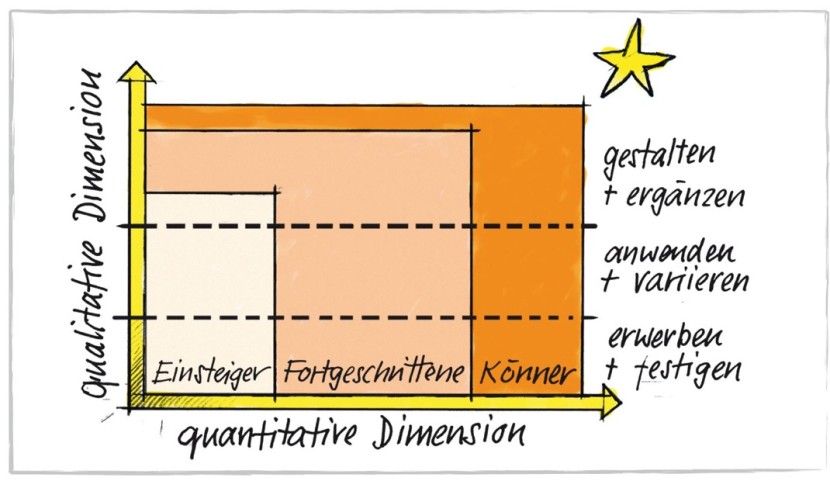
At the beginning of every learning process there is a need for security, which can be different for every learner. Every learning step that is accompanied by a sense of achievement increases inner security. Anyone who has a certain level of ability, feels comfortable in a wide variety of situations and therefore accepts new situations as a challenge, reaches the realm of creative freedom.
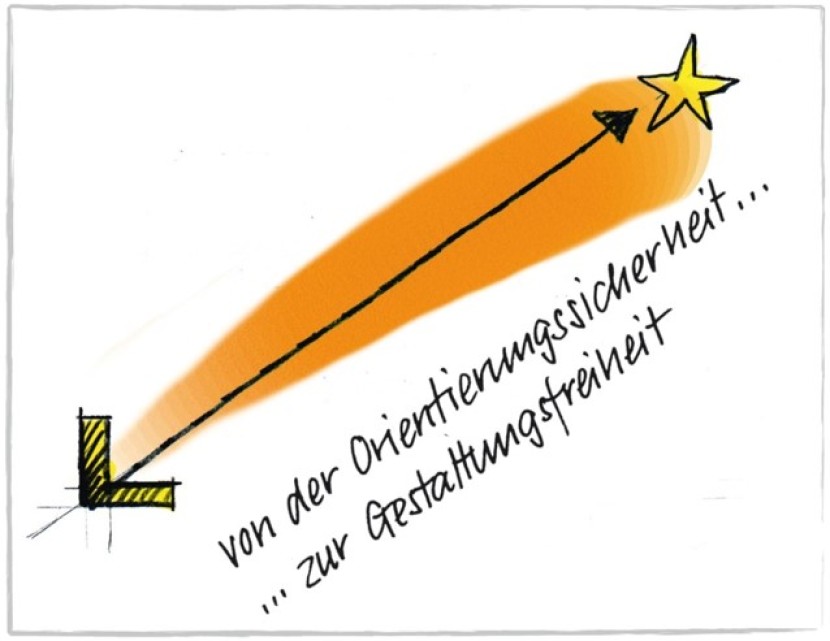
The concept is used to assess how the training should be organised methodically. This assessment is made on the basis of a qualitative and a quantitative dimension. The quantitative dimension describes the level of performance with regard to the sport and the sport curriculum (outlines the increasing complexity of the movement forms to be learnt). The qualitative dimension describes the quality of movement within a specific movement form of a sport (describes the increasingly higher level of quality of the movements performed). Learners can be categorised into three learning groups (quantitative dimension) based on their career path in a sport. The transition from one learning group to another is fluid and cannot always be clearly defined. We differentiate between: Beginners, advanced and proficient. Learning a new form of movement takes place in different stages. On the vertical axis of the diagram (qualitative dimension), a distinction is made between three learning stages: acquirer, user and creator. The three terms "acquire, apply, create" describe the core requirements at the corresponding levels. The verbs "consolidate, vary, supplement" give an indication of their methodological realisation. The teaching levels of the teachers correspond to the learning levels of the learners. The methodical teaching behaviour must be adapted to the learners. The three teaching levels are Creating conditions (by facilitating circumstances), enabling diversity (changing or varying learning conditions) and promoting creativity (creating more difficult conditions). The dialogue between teachers and learners called for in the pedagogical concept takes place within the framework of the three teaching and learning stages. For each form of movement, the process of interaction is set in motion anew across all three learning stages.
